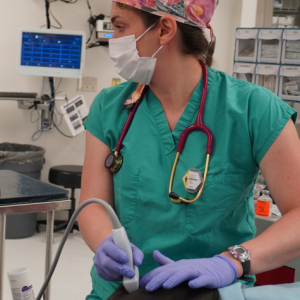Antibiotic-resistant Salmonella and Campylobacter are still high in the EU
Salmonella and Campylobacter bacteria resistant to certain antibiotics that are commonly used in both humans and animals continue to be the main ones detected in the European Union. This is what the European report on antimicrobial resistance in zoonotic and indicator bacteria present in humans, animals, and food shows, corresponding to the period 2018-2019.
The European Center for Disease Prevention and Control (ECDC) and the European Food Safety Authority (EFSA) have published a summary of this report, for the preparation of which have taken into account the data derived from the surveillance of resistance to antimicrobials during the years 2018 and 2019 for Salmonella, Campylobacter, Escherichia coli indicator, and Escherichia coli producing extended spectrum beta-lactamases (ESBL), AmpC beta-lactamases and carbapenemases.
A high percentage of Salmonella
In humans, a high percentage (82.1%) of a type of Salmonella has been reported, such as Kentucky Salmonella resistant to ciprofloxacin, which is an antibiotic that is commonly used to treat certain types of infections. Furthermore, in recent years, it has been reported that the percentage of strains of Salmonella enteritidis resistant to nalidixic acid and / or ciprofloxacin is increasing in certain countries.
The positive news is that between 2015 and 2019, a decrease in the percentage of Salmonella strains resistant to ampicillin and tetracyclines has been observed in humans in eight and eleven EU member states, respectively.
Antimicrobials used to treat some infectious diseases in food animals can be the same or similar to those used for humans.
Antibioresistance appears when microorganisms develop mechanisms that allow them to grow in the presence of antimicrobials, which makes them ineffective for treating infections, which is why the appearance of resistant microorganisms is considered a public health problem.
This report is part of the entire strategy that has been developed in recent years to combat antimicrobial resistance, and both EFSA and ECDC are EU benchmarks.













List
Add
Please enter a comment